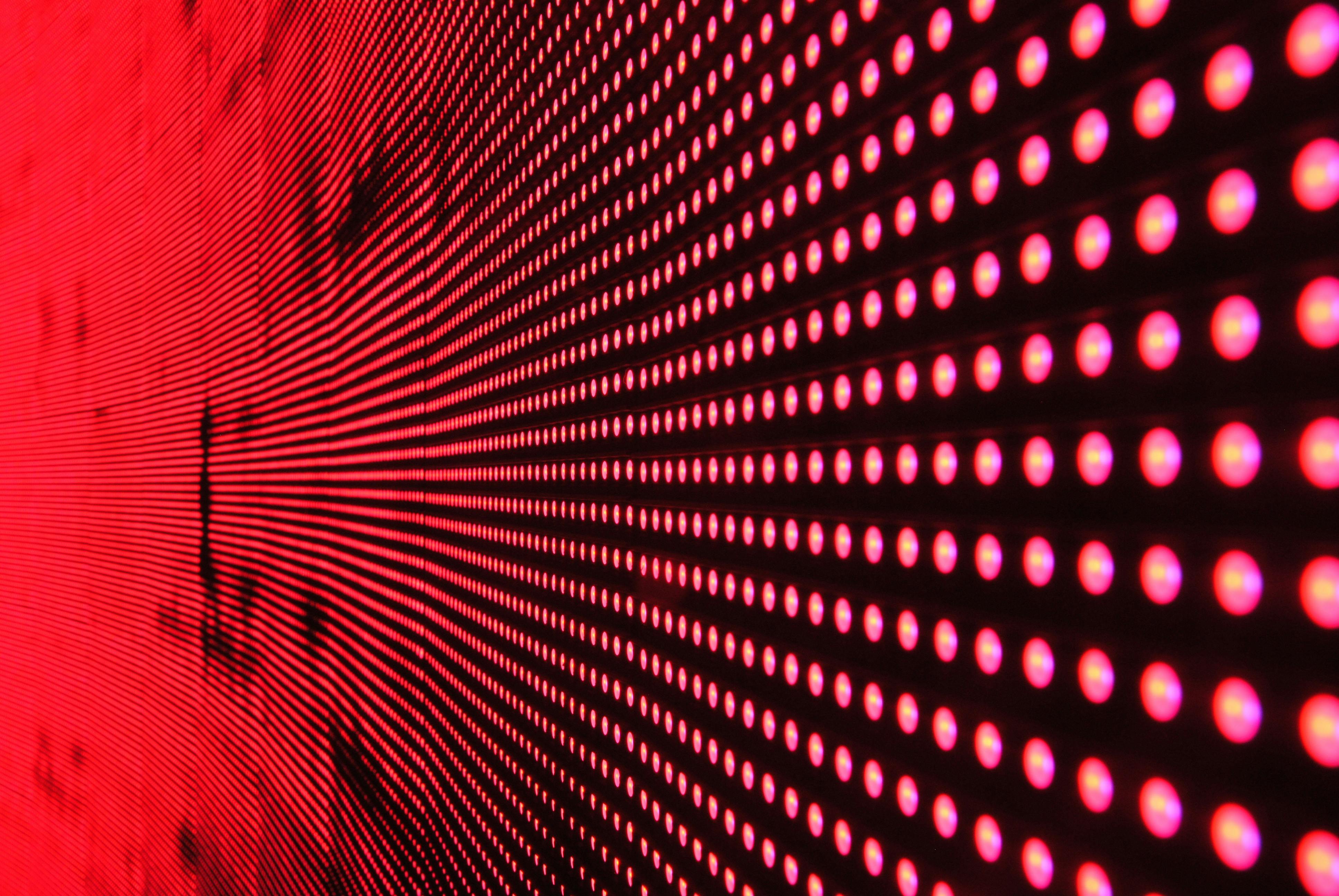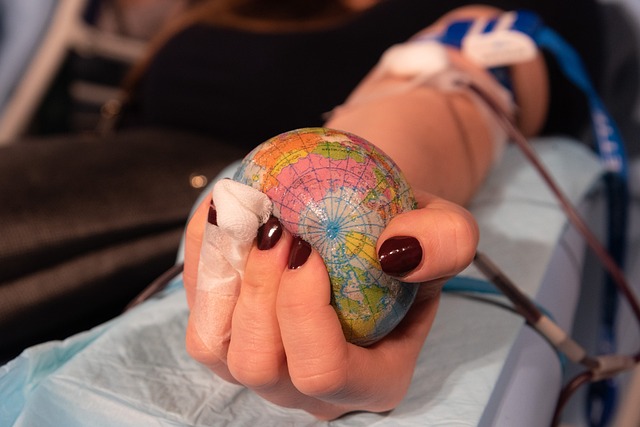Shining a Light on Photobiomodulation: The Therapeutic Power of Light
In the vast world of health and wellness, the exploration of innovative healing methods is an ongoing journey. One such method that has been gaining traction in recent years is photobiomodulation. This therapeutic use of light and its effects on our bodies may not be a widely known phenomenon, but it's making quite a stir in the scientific community.

An Illuminating History
Photobiomodulation, or PBM, is a mouthful to say but its concept is surprisingly simple: it’s the use of low levels of light for therapeutic purposes. While it might sound like a product of modern science, the therapeutic use of light has ancient roots. Records from ancient Egypt, Greece, and Rome all mention the use of sunlight for therapeutic purposes, a practice known as heliotherapy.
Fast forward to 1903, Niels Ryberg Finsen was awarded the Nobel Prize in Medicine for his work with light therapy in treating diseases like lupus and smallpox. However, the term Photobiomodulation wasn’t coined until the 1980s when researchers began delving into the effects of lasers and LEDs on human cells.
A Bright Spot in Current Health Trends
Today, the interest in PBM is on the rise. This is due in part to a growing body of research supporting its potential benefits. PBM devices that emit low-level laser or LED light can be used to target specific areas of the body to promote healing and reduce inflammation and pain.
Many athletes and fitness enthusiasts are turning to PBM as a recovery tool. The therapy is believed to help reduce muscle fatigue, improve performance, and accelerate recovery. In a clinical setting, PBM is being explored as a non-invasive treatment option for conditions like osteoarthritis, tendonitis, and wounds that are slow to heal.
The Science Behind the Light
So, how does it work? PBM involves the use of red or near-infrared light to stimulate, heal, regenerate, and protect tissue that has been injured, is degenerating, or else is at risk of dying. The light emitted from a PBM device is absorbed by the mitochondria in our cells—often referred to as the “powerhouses” of the cell. This stimulates the mitochondria to produce more ATP, the energy that powers our cells. As a result, cells can function more efficiently, rejuvenate themselves, and repair damage.
The Bright Side and the Shadows
No therapy is without its challenges, and PBM is no exception. While research is promising, it’s still in its early stages. There’s still much we don’t know about the optimal dosage, duration, and frequency of PBM therapy. It’s also worth noting that while PBM can be a powerful tool, it’s not a cure-all. Like any other therapy, it’s most effective when used as part of a comprehensive health plan.
Fascinating Facts About Light Therapy
- Light therapy is used to treat seasonal affective disorder (SAD), a type of depression that’s related to changes in seasons.
- NASA has used light therapy to speed up the healing of astronauts’ wounds.
- The most effective wavelengths of light are believed to be between 600-800 nm and 810-880 nm.
- PBM devices can be used at home but should always be used under the guidance of a healthcare professional.
In conclusion, photobiomodulation represents a fascinating intersection of ancient wisdom and cutting-edge science. The therapeutic use of light holds great promise, from enhancing athletic performance to offering potential relief for chronic conditions. As we continue to learn and understand more about this therapy, one thing is clear: the future of PBM is bright.




